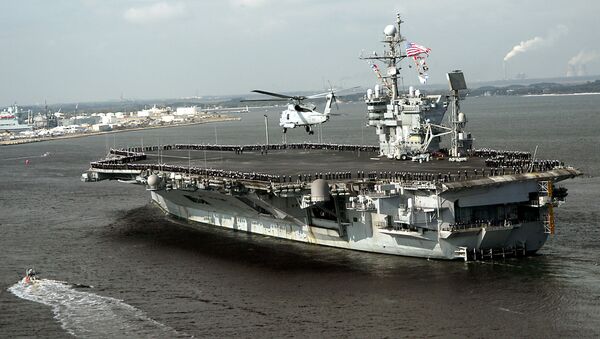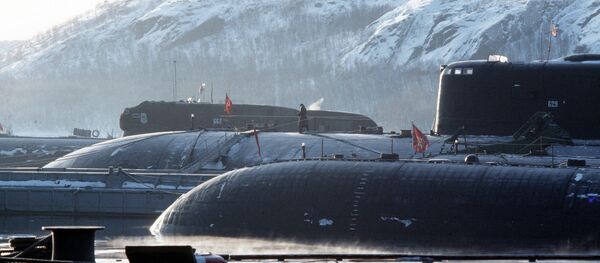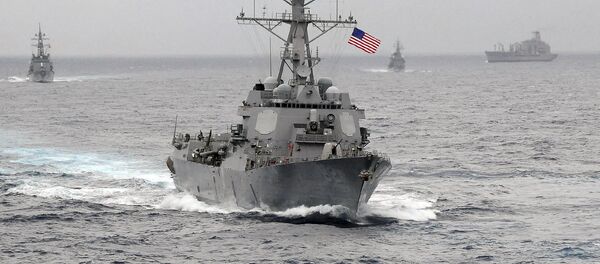He explained that with USS Enterprise (CVN-65) being retired in December 2012, the US Navy plans to return to eleven aircraft carriers only after USS Gerald R. Ford is commissioned in 2016.
The problem, however, is that this vessel will not be ready for deployment until 2021, Majumdar explained.
"But the law requires the Navy to operate a minimum of eleven carriers. The service is operating under a temporary exemption that allows it to operate only ten vessels," he pointed out.
He also reminded that in a bid to resolve the problem, Congressman Mike Conaway had earlier proposed legislation allowing the Navy to maintain a fleet of no less than twelve carriers.
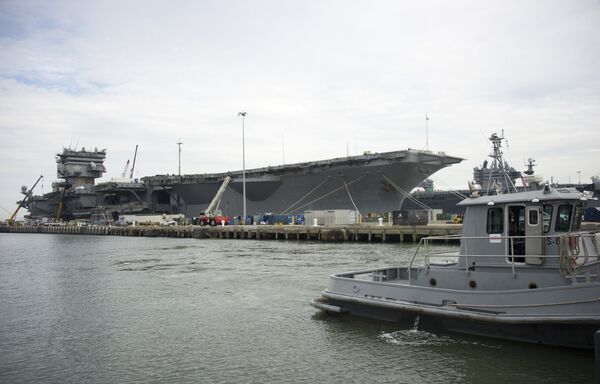
Separately, Majumdar quoted Rear Admiral Tom Moore, the Navy's program executive officer for aircraft carriers, as saying "we've run the carriers harder than we've typically done and harder than they were designed."

"Half the fleet is in maintenance while the remaining five vessels are being pushed to the breaking point," Moore admitted.
The Navy pins hopes on the implementation of its new Optimized Fleet Response Plan, which Majumdar said is unlikely to rectify the situation given that USS Gerald R. Ford will only be operational in 2021.
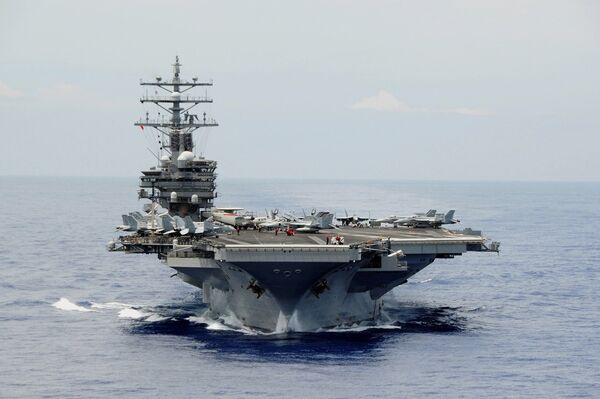
The United States is one of less than 10 countries that have aircraft carriers in service. India and Italy both have two, while China, Spain, France, Russia, Brazil and Thailand each have one. Although carriers allow fleets to project air power worldwide, they cost billions of dollars to construct and wargames have shown that they are susceptible to rocket attacks.

